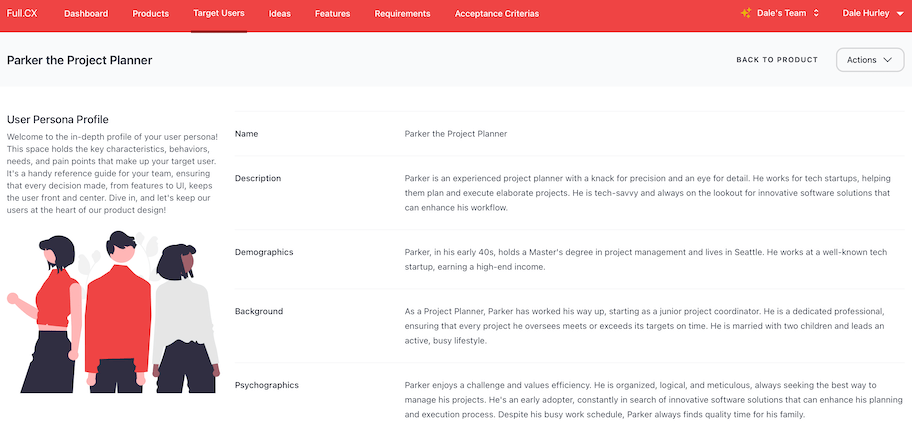1. Leveraging Content Marketing: Content marketing is not new, but its execution can significantly impact results. Focus on creating high-value, educational content targeted at resolving specific industry problems your clients face. This could be in the form of whitepapers, in-depth guides, webinars, or case studies that highlight your product's strengths in real-world scenarios. The key is to position your brand as a thought leader, building trust and credibility among potential clients.
2. Referral Programs: Referral programs can be a powerful tool for SaaS companies. They incentivize existing customers to bring in new clients and help create social proof. When setting up a referral program, ensure the incentives are enticing enough for clients to share them with their peers. Seamless integration into your service can provoke ongoing engagement and continuous referrals.
3. Free Trials and Freemium Models: The power of free can never be underestimated, especially in the SaaS model. Offering a free trial or a freemium version of your product lowers the entry barrier for potential customers. It provides them a risk-free opportunity to test out your service, often leading to higher conversion rates. During these trials, fully support your users to help them see the full benefits of upgrading to a paid version.
4. Strategic Partnerships: Aligning with other businesses that complement but don’t directly compete with your service can open up a new customer base. Look for partnership opportunities where you can offer bundled services or joint promotions. This not only extends your reach but also adds value to your offering, making it more attractive to potential clients.
5. Optimizing Customer Support: Exceptional customer support can substantially affect customer satisfaction and retention rates. In the SaaS world, supporting clients through all stages of their journey is imperative. Utilize live chatbots, maintain a comprehensive FAQ, and fast-track response times through automated yet personalized customer service solutions. This enhances the user experience and increases the likelihood of upgrades and renewals.
6. Utilize Data and Feedback Loops: Integrate analytics to monitor user behavior and gather feedback consistently. This data can be incredibly insightful for understanding what features are most used, which ones lack engagement, and identifying areas for improvement. Regular customer feedback, both qualitative and quantitative, can guide iterative product development and marketing strategies that resonate well with your target audience.
Each of these strategies holds the potential to significantly amplify your business growth if implemented thoughtfully and systematically. By focusing on delivering value that meets your customers' specific needs and exceeds their expectations, you'll not only see a surge in growth but also build a strong, loyal customer base in the highly dynamic SaaS marketplace.
Empowering Your Product
Team for Success.
Start using Full.CX today.
Smart tools to streamline your transition from concept to concrete specifications.

